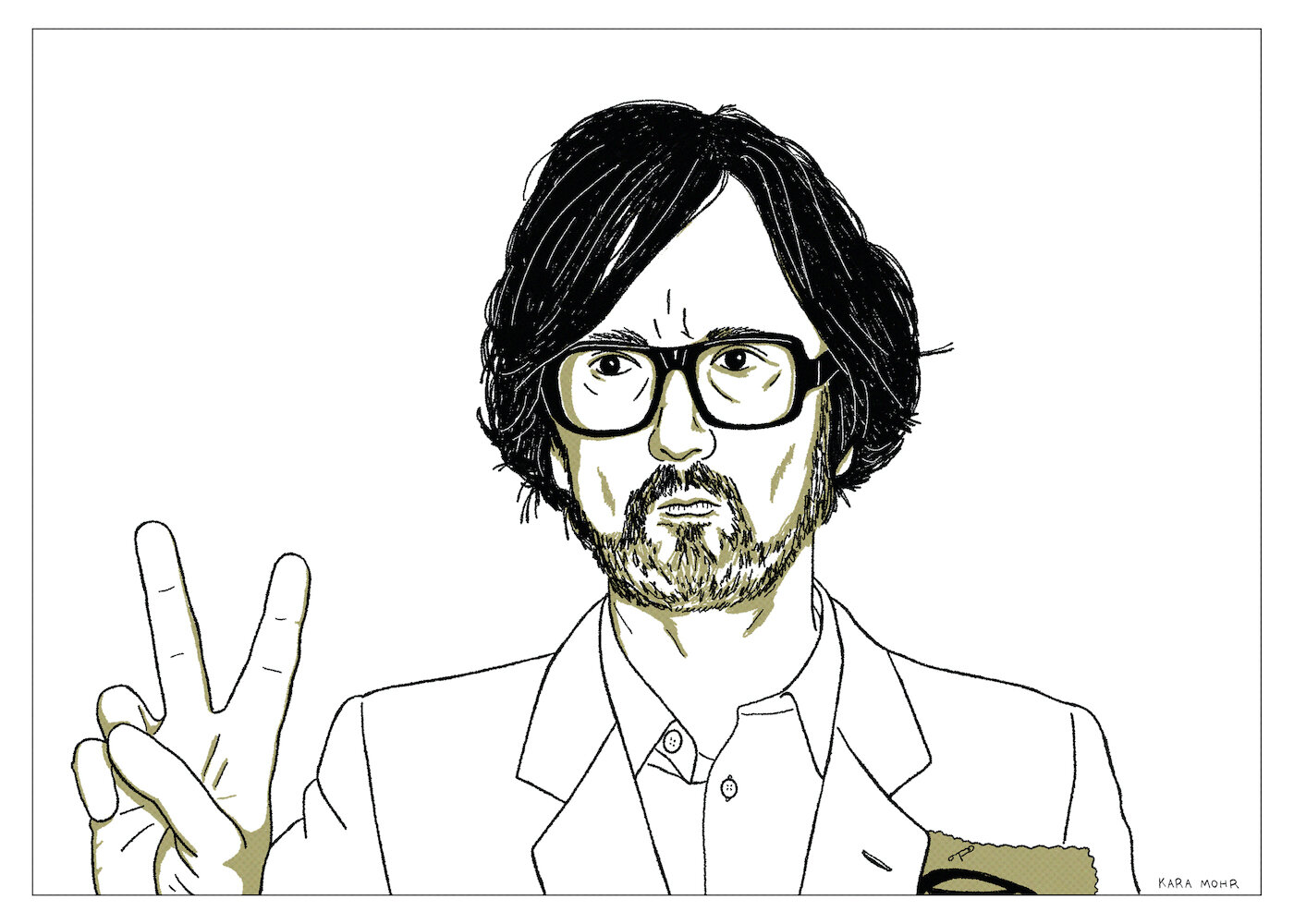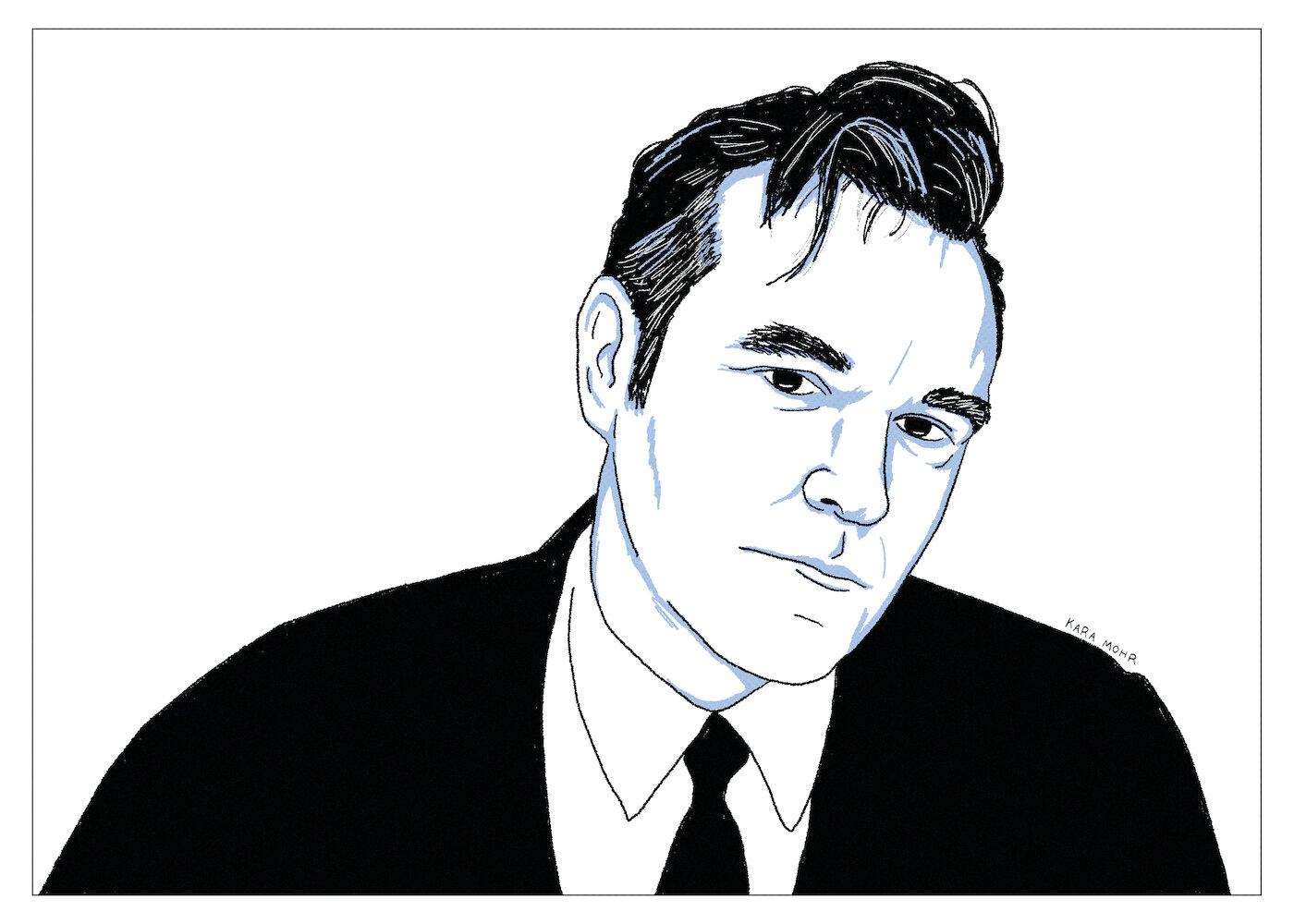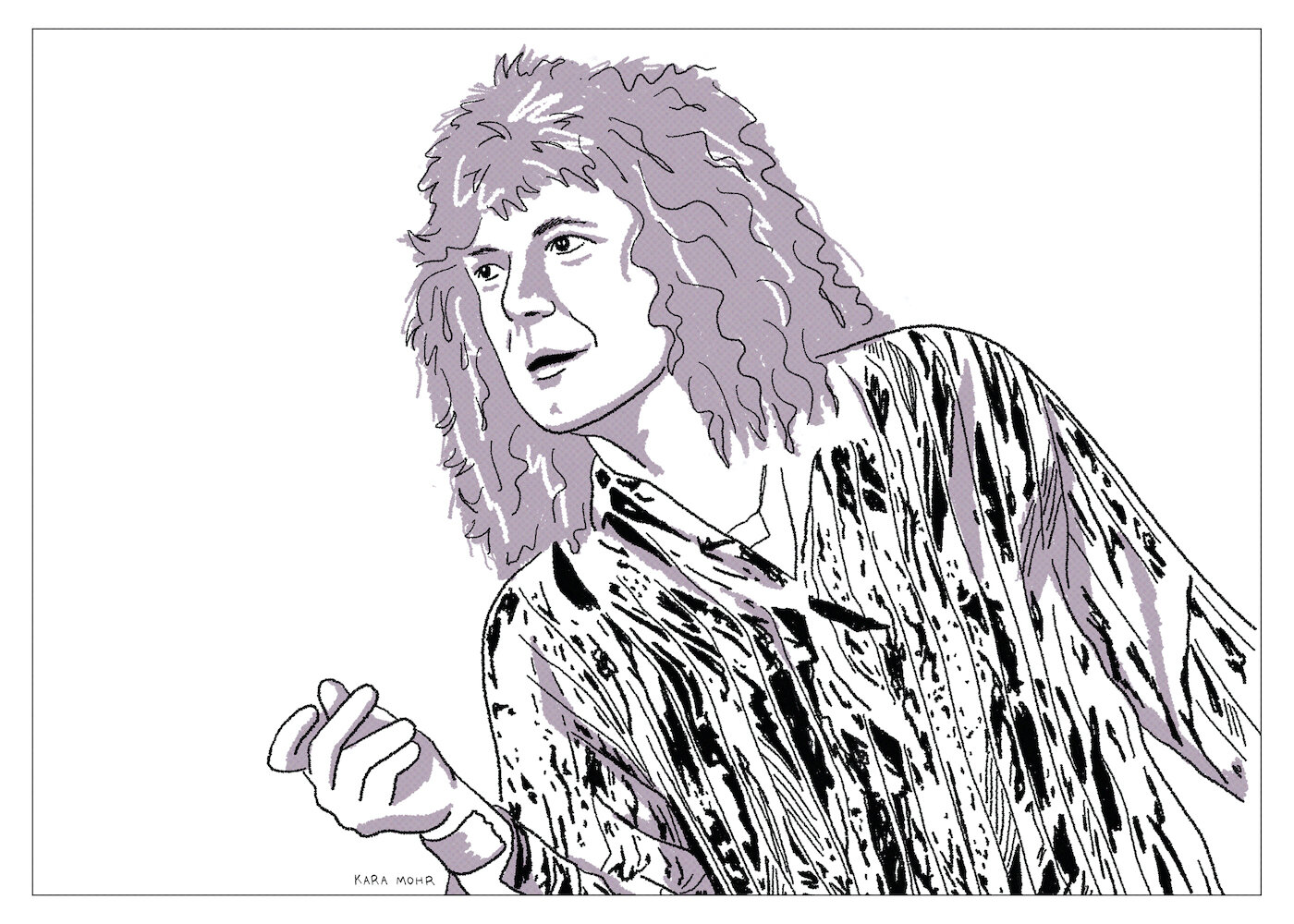
Stephen Stills “Right by You”
At twenty one, Stephen Stills wrote and performed the era-defining “For What It’s Worth,” with Buffalo Springfield. At twenty three, he wrote and performed “Suite: Judy Blue Eyes.” At twenty five, he released a genuinely wonderful solo debut that featured “Love The One You’re With.” After that, things got progressively worse. Eventually, they got much worse. He did not quickly lose the grip of his instruments. But he seemingly lost the grip on most everything else. Following a putrid foray near Disco in 1978, Stills took a break to ponder his great ascent and descent. Upon return, in 1984, he released “Right by You.”

Rick James “Wonderful”
Do we really know when the end has begun? I’d imagine that pessimists would recognize the signs. Optimists might not see the flares until it’s too late. But even still, I have to imagine they can trace back the eventual conclusion to the early warnings. Rick James, surely, is a third species, living in a fluid meta-space between sounds, genres and cultures and on a constant seesaw of god-like, coke binge optimism and the deep self-loathing and hangover of pessimism. So, while optimists and pessimists both eventually recognize when the end has begun, I’m not so sure that Rick James did. Otherwise, there is simply no explanation for 1988s “Wonderful.” It is the sound of a man dying, basically alone in the studio, and not realizing it.

Stephen Malkmus “Traditional Techniques”
Pavement broke up but Stephen Malkmus kind of stayed the same. He moved to Portland. He got a new band together. Every two to three years he would release an A- album. I listened to some of them. They were uniformly very good to great. It became easy to take Malkmus for granted. There was nothing not to like but it was getting easier to pass over. Surely, Malkmus himself felt some of this. First there was the solo electronic jams on “Groove Denied.” and then came “Traditional Techniques,” wherein Stephen Malkmus daringly and beautifully articulates the search and the journey.

Kenny Rogers “Kenny”
Kenny Rogers’ appeal was one of masculine kindness. At his best, his voice lands somewhere between Lionel Richie and Bob Seger on Valium. And on 1979s “Kenny,” he put that bearded charm and “Gambler” equity to work for a lovely, schmaltzy set of lite Country Pop that would go on to sell twenty million copies worldwide. Yes — in 1979, Kenny Rogers was very nearly Michael Jackson.

Ozzy Osbourne “No More Tears”
“No More Tears,” was released in the final, high days of Hair Metal and just before the germs of Alternative. It was also the first album Ozzy ever made not fucked up. So, to keep him upright, Sharon reassembled the A-Team -- Zakk Wylde on guitars, Randy Castillo on drums and bassist Bob Daisley. This band is the entire 1950s Ford Motor Plant. They make heavy things. They make them tight. They make them loud. The make Metal for people to buy.

Stevie Wonder “Conversation Peace”
You don’t say “no” to Stevie. Paul McCartney said “yes.” Prince said “yes.” Barbara Streisand. Pavarotti. Michael Jackson. Tony Bennett. Whitney Houston. They all said “yes” to Stevie. But in 1995, at some point before “Conversation Peace” was released, somebody should have said “no” to Stevie. More than once.

Noel Gallagher’s High Flying Birds “Who Built The Moon?”
The story of the High Flying Birds’ third solo album, “Who Built The Moon?”, is the story of an artist being asked by a producer to leave all of his baggage behind. Quite literally, legendary U.K. producer and DJ, David Holmes, agreed to produce Gallagher’s record on the condition that he not bring any written songs into the studio. What Holmes did not know was that, even with just his guitars and pedals, Gallagher had enough songwriting tricks hidden in his pockets to at least fill a couple of carry ons.

Snoop Dogg “Bush”
In the 2010s, Snoop’s brand went global while his music was obscured by his celebrity and clouds of blissful smoke. 2015’s “Bush” was something of a reclamation record. With Pharrell behind the wheel, they made a chill, LA-themed, (very) Lite Space Funk record. The entire album could soundtrack the “adults only” night in 1978 at an LA skating rink, wherein The Bee Gees jammed with Funkadelic.

Iggy Pop “Brick by Brick”
Iggy Pop in the 80s is the sound of a guy working hard at a shitty job that he wasn’t very good at. Gradually, though, brick by brick, he had begun to build a new life for himself. He got married. His eyes and head got clear. By the end of the decade, he bordered on adorable. Shorter hair. Crooked smile. Polite and earnest in interviews. Candid and self-aware. 1990s “Brick by Brick” would mark the apex of Iggy’s musical rehab.

Jarvis Cocker “Jarvis”
Jarvis Cocker was just fifteen when he started Pulp. By the time he was thirty, he appeared to be both a horny young schemer and a horny mature professor. It all seemed like a great lark but, privately, Cocker was tiring of the act. So, he disbanded Pulp when he was thirty eight. But then, in 2006, less than five years after the last Pulp record, we received, “Jarvis.” We were finally going to get a glimpse of what he had on under that Burberry overcoat.

Kris Kristofferson “To The Bone”
By 1981, Kris Kristofferson found himself alone, sad, sober, resentful and pretty much any other cliched adjective you could toss at a broken, divorced, about-to-be has-been. At forty five, with almost nothing to lose, and following a recent trail of mediocre records, he released “To The Bone.” Along with Marvin Gaye’s “Here, My Dear,” “To The Bone” is one of the most candid and compelling “divorce albums” in the Pop music canon.

Thom Yorke “Tomorrow’s Modern Boxes”
Let’s face it, Radiohead is a lot of work. You have to commit fully. You need to join the listservs and the Reddit threads. You need to belong to a special mailing list for clues. You may even have to be Vegan. I don’t know. However, I saw a possible back door into the discourse: Thom Yorke solo. Whereas “Eraser” seemed too close to the motherland for a starting point, 2014s “Tomorrow’s Modern Boxes” seemed like a shorter, safer point of entry.

Ray Charles “True to Life”
The 1970s saw Ray Charles’ sales dwindle, his chart success regress and his critical adoration fade. And the Ray Charles who signed with Atlantic Records in 1977 was not the same one who signed with the label twenty five years earlier. This one was sober, divorced, a millionaire and forty-seven years old. Fans and critics still hoped that Ray would find some new inspiration, but, those hopes would be repeatedly dashed. 1977s “True to Life,” like most of Rays’ albums from the 70s, reveals a restlessness much more than a breakthrough.

Jay-Z “Magna Carta…Holy Grail”
2013 is peak Jay Z. Blue Ivy is born. Barrack Obama is elected President. He launches Roc Nation Sports. He has more number one albums than any solo artist in the history of music. He is a mega-brand. His city is number one. His wife is number one. He has all the chips. He can go huge. Maybe too huge.

Meat Loaf “Bat Out of Hell II: Back into Hell”
When I was older than a teenager but younger than a man, I was living in the wilds of Connecticut, adrift. I had lost my girl. I went home to my shack down by the docks. I drilled two small holes into the corner of two cassettes: “Bat out of Hell” and “Born to Run.” I tied a ribbon to unite them. I called them “the sisters” for their spiritual connection to the drama of youth. In my car, one tape would play, the other would dangle. Switch. Repeat. This should be a lie, but it’s not.

Morrissey “You Are The Quarry”
After the somewhat ignorable “Maladjusted” from 1997, Morrissey would wait seven years before returning with “You Are The Quarry.” In the interim, he would move to Los Angeles, very reluctantly resolve a lawsuit with his former drummer and, most notably, search in vain for a new record deal. By 2004, though, much of this would be behind him. He signed a deal with a new label and had a suitcase full of heartache and venom to offer up to his long suffering fans.

James Brown “Gravity”
“Turn Me Loose, I’m Dr. Feelgood” is the rare moment from 1986’s “Gravity” that sounds like James Brown is at the wheel. It’s a breathless Funk workout, with Maceo Parker dizzyingly frolicking on sax and a breakneck percussion track. It’s by far the best track from an ill-conceived, Rocky-inspired gimmick record. It was also the Godfather of Soul’s last trip to the Pop charts.

John Cale “Artificial Intelligence”
If you found yourself in New York City at Danceteria at 2am in the early 1980s, almost anything was possible. You might have fallen in love. You might have seen Madonna. However, if you were forty two year old John Cale at the club that night, you might have composed an entire concept album in your head. And you might have rushed back to your Soho loft and shit it out, along with the coke and booze and whatever else was rotting inside you.

Dave Davies “Chosen People”
Having one of the greatest songwriters of your time as your older brother can’t have been easy when you’re trying to create your own work. The first two Dave Davies solo albums are rough and heavy responses to brother Ray’s melodic instincts. Dave’s voice is mostly screaming. 1983s “Chosen People,” however, is a much more varied and measured affair that withstands his reedy voice, studio magic and the whole alien abduction thing.

Robert Plant “Now and Zen”
1988s “Now and Zen,” Plant’s fourth solo album, promised to be different from the first three. He was even reuniting with Jimmy Page for two songs. Fans were all worked up in a lather at the promise of a “return to form.” Many presumed that Page had gotten the experiments out of his system and was read to have sex with the Marshall amps again. Unfortunately for those die hards, what Page released was instead a weird, great late 80s, New Wave artifact.
